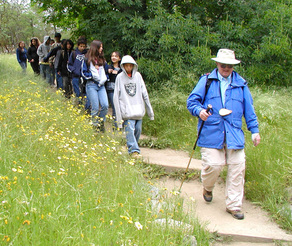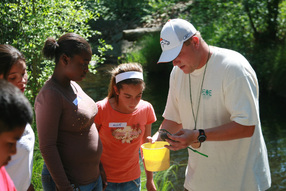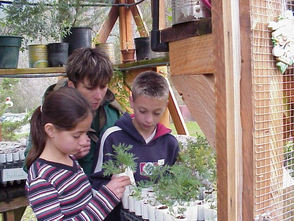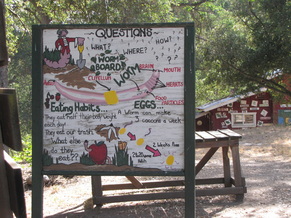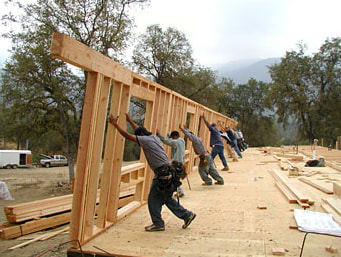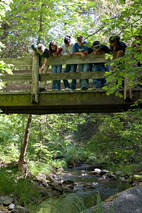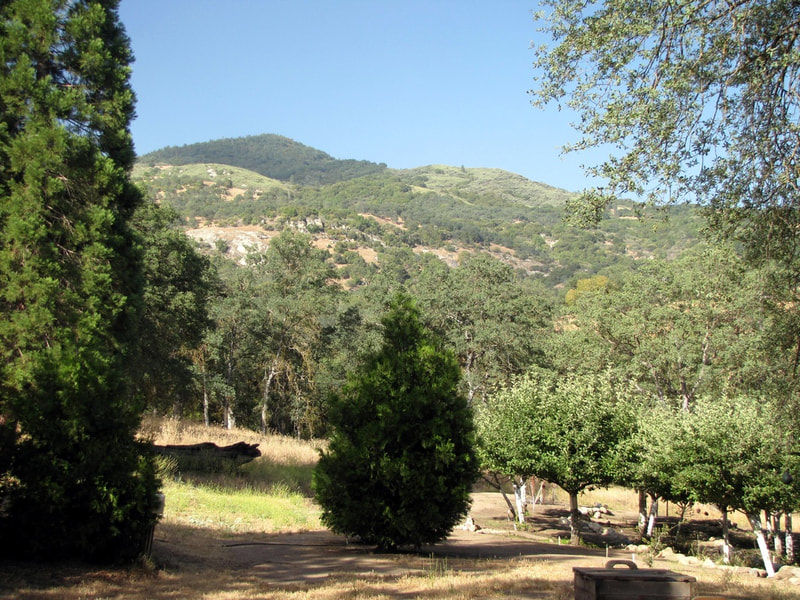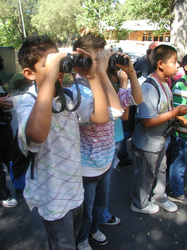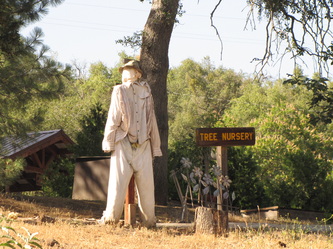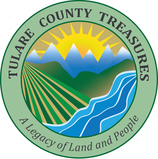|
|
SCICONEnvironment: Foothills, oak woodlands, riparian
Activities: science and conservation school for Tulare County students Open: The SCICON BBQ & Wildflower Festival is held on the third Sunday in April. There are also traditionally two “Open Houses” held on Sunday afternoons; for Open House dates, go to www.tcoe.org/scicon and click on “News” in the lefthand sidebar. Students are scheduled through their elementary schools for one-day field trips (fifth grade) and week-long field trips (sixth grade). Site Stewards: Tulare County Office of Education; The Friends of SCICON; SCICON Administrator, Dianne Shew, 559-539-2642 Opportunities for Involvement: Audubon Christmas Bird Count, donate, volunteer Links: Tulare County Office of Education; The Friends of SCICON Directions: Map and directions are at the bottom of this page. |
|
|
Directions:
Address: 41569 Bear Creek Road, Springville, CA 93265; (559) 539-2642 Latitude/Longitude: N36° 13.0564'/W118° 45.9503' 36.217607/-118.765838 From Visalia (A) head east on CA-198; turn right onto Yokohl Valley Dr, left onto Yokohl Valley Rd/M296. Cross the ridge and turn right onto Hwy J37, then left onto Bear Creek Rd/J37. SCICON (B) entrance is on your right. From Porterville (C) take Highway 190 East to Springville. Turn left on Balch Park Road. Drive 3 miles and turn right on Bear Creek Road. Drive 3 miles to the SCICON (B) entrance gate on right. |
